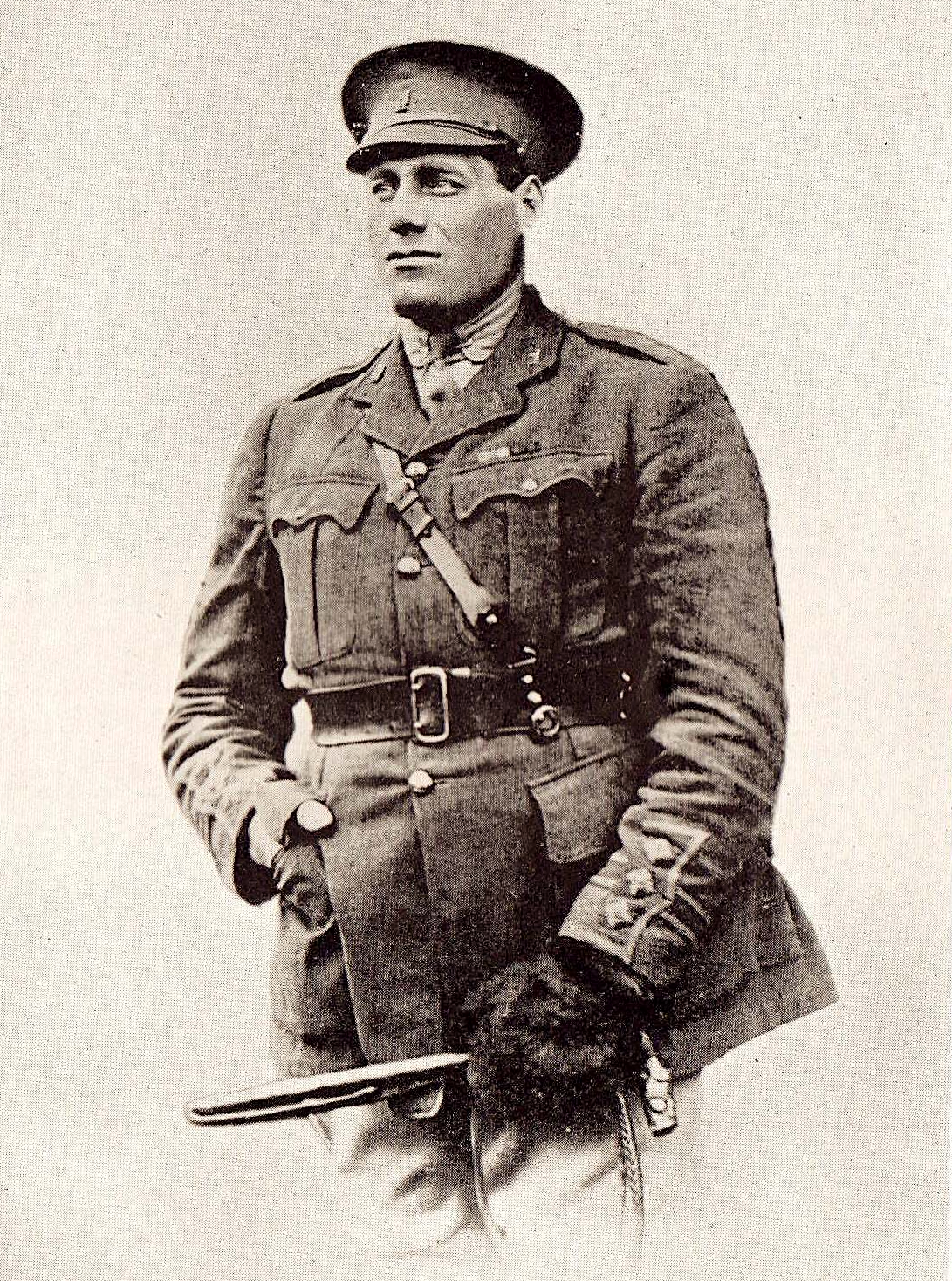The Charge of the Warwickshire Yeomanry and Queen’s Own Worcestershire Hussars at Huj 8th November 1917
In 1917 both Regiments were fighting the Turks in Palestine. On 8th November the 60th London Division was pinned down by heavy gun fire from a ridge near Huj, in Palestine.
The Divisional Commander asked Lieut.-Colonel H.A.GRAY-CHEAPE commanding the Warwickshire Yeomanry to charge the Turks on this ridge. Colonel GRAY-CHEAPE only had 1.5 Squadrons with him and Major W.H. WIGGIN, who commanded 1.5 Squadrons of the Worcestershire Yeomanry nearby agreed to join in.
In fact there were three ridges occupied by the enemy, the first by Infantry, the second by Howitzers and Field Guns and the third by Infantry with Machine Guns. The Charge was made through these three ridges in a hail of shells and bullets. The total distance was about 1000 yards and the Turks fired over open sights up to the last moment. The Yeomanry had heavy casualties, but the operation was completely successful, ninety of the enemy were killed and seventy captured together with 11 guns and 4 machine guns, breaking the resistance of this hostile rearguard. In addition an unknown number of the enemy were killed and wounded when their own machine guns were turned on them. Out of the 190 Yeoman who took part, 36 were killed, fifty seven were wounded and 110 horses were killed.
This famous Charge is generally considered to be the last classic unsupported Cavalry Charge (arme blanche) against guns in British Military History and is immortalised by the Lady BUTLER painting of ‘The Affair at Huj’ which can be seen in The Warwickshire Yeomanry Museum together with one of the captured Guns.
Lieutenant W.B. MERCER was the only Officer in ‘B’ Squadron Warwickshire Yeomanry to survive uninjured described the action. “Machine Guns and rifles opened up on us as we topped the rise behind which we had formed up. I remember thinking that the sound of cracking bullets was just like a hail storm on an iron-roofed building, so you may guess what the fusillade was ... A whole heap of men and horses went down twenty of thirty yards from the guns and then seemed to melt away completely. For a time I, at any rate had the impression that I was the only man alive. I was amazed to discover we were the victors.”
Major Oscar TEICHMAN, the Medical Officer for the Worcestershire Yeomanry, writing in the Cavalry Journal in 1936 said: The Charge at Huj had it occurred in a minor war would have gone down to history like the Charge of the Light Brigade at Balaclava. In the Great War when gallant deeds were being enacted on all fronts almost daily it was merely an episode, but as the Official Historian remarks “for sheer bravery, the episode remains unmatched.”
This action is a splendid example of the power of the mounted attack to gain a rapid decision proving that in pursuit “time” is the one thing to be denied to the enemy. The eyewitness accounts remain as fresh as the day they were written down and provide vivid fragmentary clues as to what it was like to be involved in this action.
Over the past 103 years much has been written about ‘The Affair at Huj ‘ and as we approach Armistice Day 2020 – details of some the personalities involved including eye witness accounts of this ‘episode’ will follow.













